Quality Assurance Of
ALDIVINE MEDICAL SYSTEM (OPC) PRIVATE LIMITED authorized company to perform the Radiology-QA for the entire spectrum of radiology equipment’s.
- Being service provider, we give complete AERB related services including Quality Assurance (QA) tests for all Radiation Generating Equipments and provide the Registration for Operation & License.
- Support to customer for Aldivine Registration, License, Radiation Protection, Documents Requirements, Room Requirement with Radiation Protection Accessory .
- Registration & Licenses advisory
Our professional team of engineers and technicians are fully trained, multi modality, multi-vendor specialists who are backed up by physicists and Radiation Safety Officers (RSO).
We provide services for Machines :
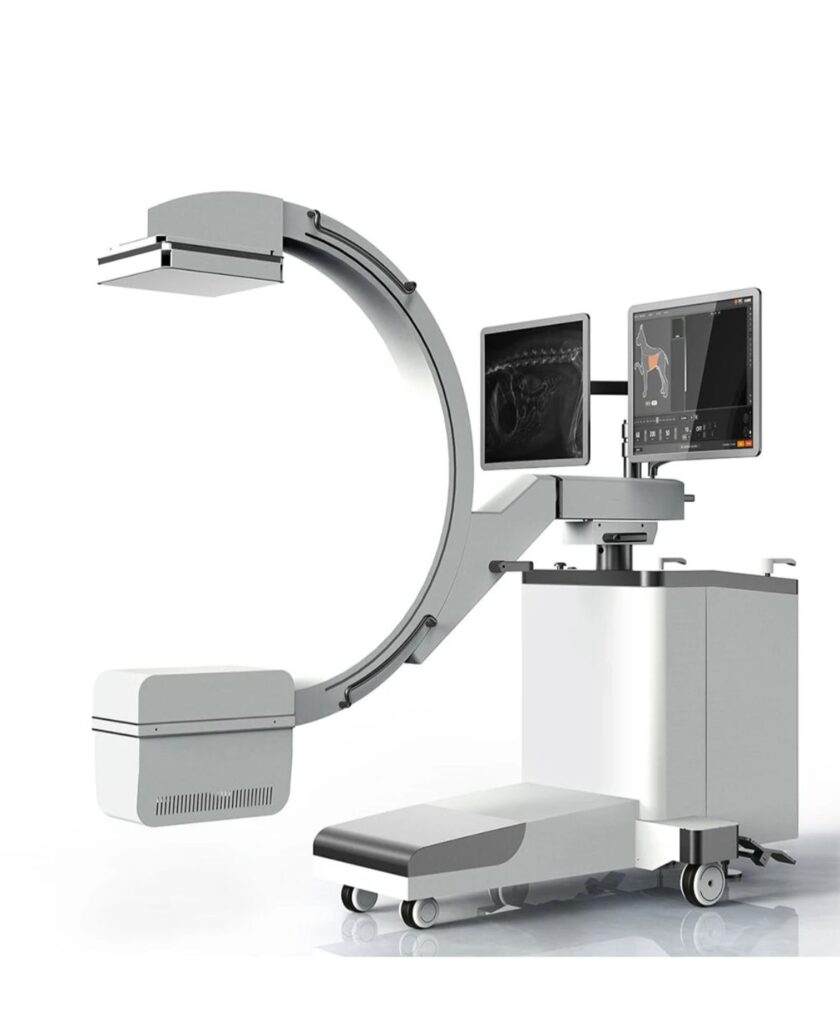
C-Arm
Q: What is a C-Arm?
A: A C-Arm is a medical imaging device used in operating rooms for real-time X-ray
imaging. It is commonly used in orthopedic, vascular, and cardiac surgeries.
Q: How does a C-Arm work?
A: It uses X-rays to capture live images of the patient’s body. The C-shaped arm holds an
X-ray source on one end and a detector on the other, providing high-resolution images
during procedures.
Q: How can a C-Arm malfunction?
A: Common issues include image distortion, software errors, or improper calibration.
Misalignment of the arm can also affect image quality.
Q: How can we help?
A: Our testing and quality assurance services ensure your C-Arm is accurately
calibrated, minimizing radiation exposure and optimizing image clarity. We provide
preventive maintenance to reduce downtime.
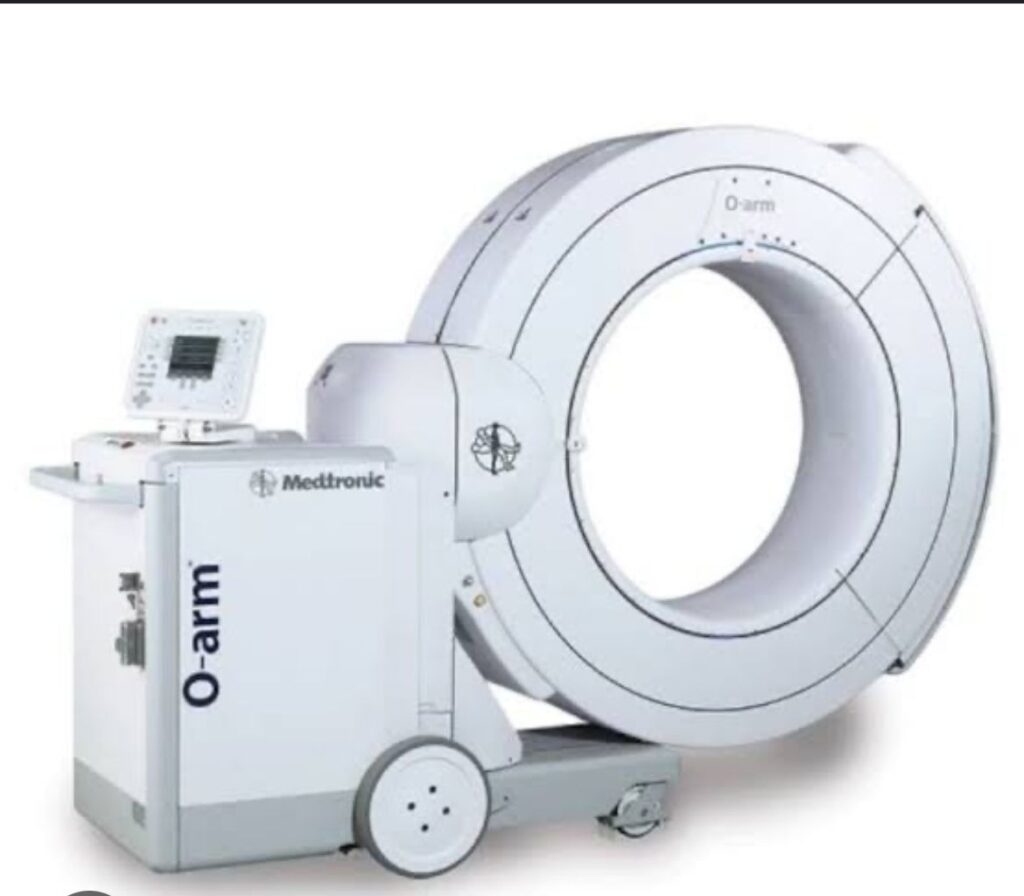
O-Arm
Q: What is an O-Arm?
A: The O-Arm is an advanced imaging system primarily used in spine, orthopedic, and
trauma surgeries. It provides 2D and 3D imaging.
Q: How does an O-Arm work?
A: It rotates around the patient, capturing detailed 3D images for real-time navigation
during procedures.
Q: How can an O-Arm malfunction?
A: Issues may include imaging errors, motor failures, or connectivity problems with the
navigation system.
Q: How can we help?
A: Our experts conduct detailed performance testing to ensure precise imaging and
system reliability. Regular calibration and preventive diagnostics are also part of our
services.
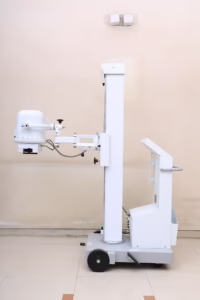

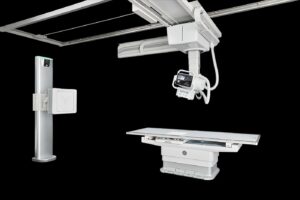
X-Ray (Fixed, Mobile, and Portable)
Q: What are fixed, mobile, and portable X-ray machines?
A: Fixed X-ray machines are stationary and used in hospitals. Mobile and portable units
are designed for flexibility, often used in emergency rooms, intensive care units, or at
patient bedsides.
Q: How do these X-ray machines work?
A: X-rays pass through the body to create images of internal structures. Portable devices
often use digital detectors for immediate results.
Q: How can they malfunction?
A: Image noise, alignment issues, or exposure inconsistencies are common problems.
Mobile units may also face battery or connectivity failures.
Q: How can we help?
A: We ensure accurate calibration, assess image quality, and conduct safety tests to
meet regulatory standards. Our services also include preventive maintenance and
emergency support.
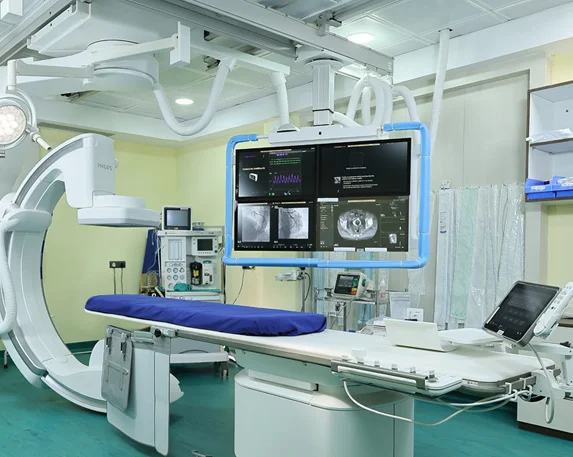
Cath Lab
Q: What is a Cath Lab?
A: A Catheterization Laboratory (Cath Lab) is a specialized room equipped with imaging
technology to diagnose and treat cardiovascular conditions.
Q: How does a Cath Lab work?
A: It uses fluoroscopy (real-time X-ray) to visualize blood vessels and guide the
placement of catheters during procedures like angioplasty.
Q: How can a Cath Lab malfunction?
A: Issues may include reduced image quality, radiation dose irregularities, or hardware
malfunctions.
Q: How can we help?
A: Our quality assurance services ensure radiation levels remain within safe limits,
maintain image clarity, and verify system performance.
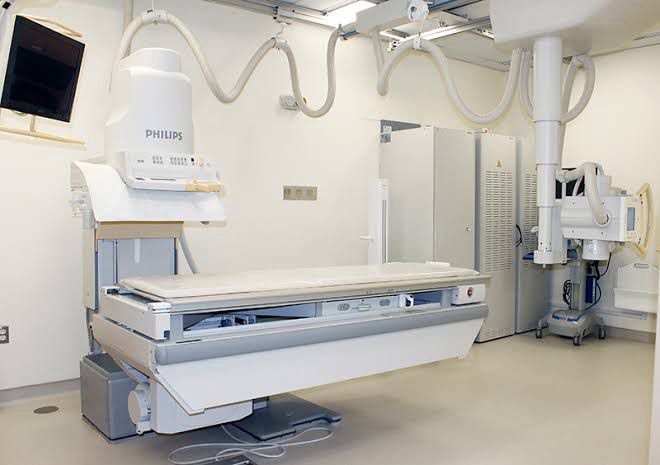
Radiology and Fluoroscopy
Q: What is Radiology and Fluoroscopy?
A: Radiology includes various imaging techniques like X-rays, CT scans, and MRIs.
Fluoroscopy provides continuous X-ray imaging, often used during diagnostic or
therapeutic procedures.
Q: How do these systems work?
A: They generate real-time images of internal structures using X-ray technology.
Contrast agents may be used for better visibility.
Q: How can they malfunction?
A: Problems may include low-resolution images, equipment overheating, or radiation
dose fluctuations.
Q: How can we help?
A: We perform routine testing to ensure accurate imaging, proper calibration, and
compliance with safety standards.
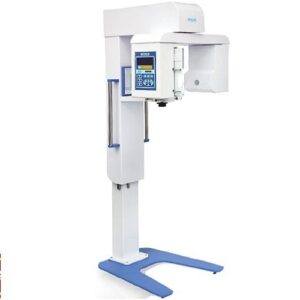
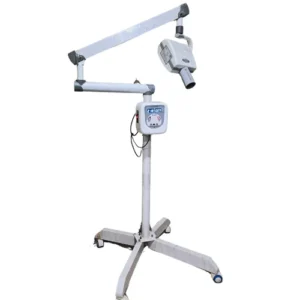
Dental OPG & Intra Oral Dental X-Ray Machine
Q: What are Dental OPG and OPA?
A: OPG (Orthopantomogram) and OPA (Oral Periapical) are dental X-ray techniques.
OPG provides a panoramic view of the entire mouth, while OPA captures detailed
images of specific teeth.
Q: How do these machines work?
A: They use rotating X-ray technology to produce detailed images of teeth, jawbones,
and surrounding structures.
Q: How can they malfunction?
A: Calibration errors, positioning issues, and software glitches are common problems.
Q: How can we help?
A: We ensure proper alignment, conduct radiation dose verification, and optimize image quality through regular testing and maintenance.
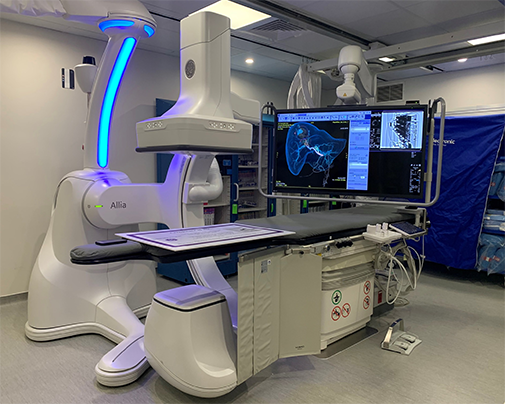
Interventional Radiology
Q: What is Interventional Radiology?
A: It is a branch of radiology that uses imaging to perform minimally invasive procedures
for diagnosis and treatment.
Q: How does it work?
A: Using real-time imaging from X-rays, CT, MRI, or ultrasound, doctors can guide
instruments precisely to treat conditions like tumors or blocked blood vessels.
Q: How can it malfunction?
A: Equipment failure, inaccurate imaging, or radiation dose inconsistency can hinder
procedures.
Q: How can we help?
A: Our services include system calibration, image quality checks, and radiation dose
optimization to ensure safe and effective procedures.
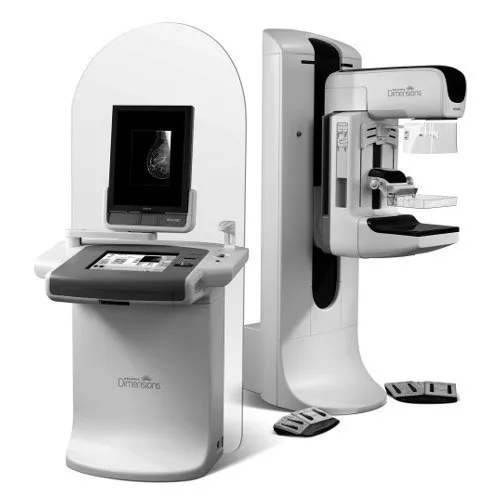
Mammography
Q: What is Mammography?
A: Mammography is an X-ray imaging technique used for early detection of breast
cancer.
Q: How does Mammography work?
A: It captures detailed images of breast tissue using low-dose X-rays.
Q: How can it malfunction?
A: Common issues include poor image resolution, detector failures, or radiation dose
discrepancies.
Q: How can we help?
A: We provide regular performance testing, dose monitoring, and quality assurance to
ensure accurate breast cancer detection.
This format is clear, informative, and helpful for your website visitors. If you’d like any
adjustments or additional sections, let me know!